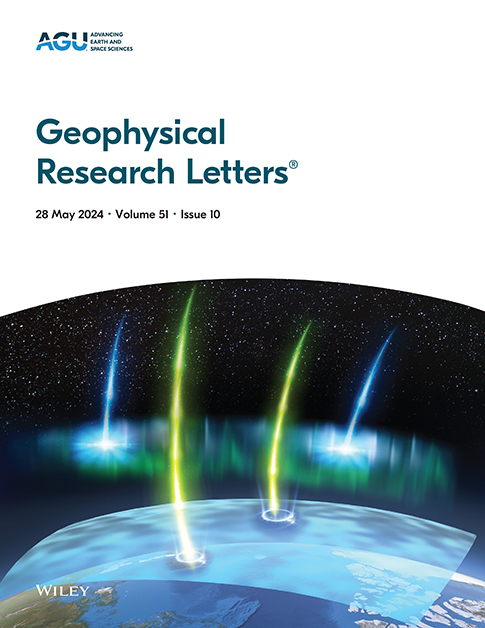Second‐Order Degradation Modeling and Multiscale Feature Fusion for High‐Fidelity Segmentation of Low‐Quality Digital Rock Images
IF 4.6
1区 地球科学
Q1 GEOSCIENCES, MULTIDISCIPLINARY
引用次数: 0
Abstract
Digital Rock Physics (DRP) is a critical tool for characterizing rock properties and modeling multiphase flow, but segmenting low‐quality (LQ) rock images remains a key challenge due to partial volume blurring. In this study, we propose a method that leverages a second‐order degradation model to generate physically meaningful synthetic LQ and high‐quality (HQ) image pairs for training a full‐scale connected UNet 3+, enabling accurate segmentation of LQ rock images with varying degradation levels. It captures the overall pore structure in LQ rock images while recovering fine details from HQ Scanning Electron Microscope data. We validate its effectiveness by benchmarking against the watershed‐based segmentation method in terms of porosity, permeability, and pore size distribution. Our method delivers an efficient solution for LQ rock image segmentation, enhancing multiscale pore characterization and petrophysical predictions. This holds significant implications for advancing DRP workflows and deepening the understanding of subsurface rock systems.基于二阶退化建模和多尺度特征融合的低质量数字岩石图像高保真分割
数字岩石物理(DRP)是表征岩石特性和多相流建模的关键工具,但由于部分体积模糊,分割低质量(LQ)岩石图像仍然是一个关键挑战。在本研究中,我们提出了一种利用二阶退化模型生成物理上有意义的合成LQ和高质量(HQ)图像对的方法,用于训练全尺寸连接的UNet 3+,从而能够准确分割具有不同退化水平的LQ岩石图像。它捕获了LQ岩石图像中的整体孔隙结构,同时从HQ扫描电子显微镜数据中恢复了精细细节。我们通过对比基于分水岭的分割方法,在孔隙度、渗透率和孔径分布方面验证了其有效性。我们的方法为LQ岩石图像分割提供了有效的解决方案,增强了多尺度孔隙表征和岩石物理预测。这对于推进DRP工作流程和加深对地下岩石系统的理解具有重要意义。
本文章由计算机程序翻译,如有差异,请以英文原文为准。
求助全文
约1分钟内获得全文
求助全文
来源期刊

Geophysical Research Letters
地学-地球科学综合
CiteScore
9.00
自引率
9.60%
发文量
1588
审稿时长
2.2 months
期刊介绍:
Geophysical Research Letters (GRL) publishes high-impact, innovative, and timely research on major scientific advances in all the major geoscience disciplines. Papers are communications-length articles and should have broad and immediate implications in their discipline or across the geosciences. GRLmaintains the fastest turn-around of all high-impact publications in the geosciences and works closely with authors to ensure broad visibility of top papers.
 求助内容:
求助内容: 应助结果提醒方式:
应助结果提醒方式:


